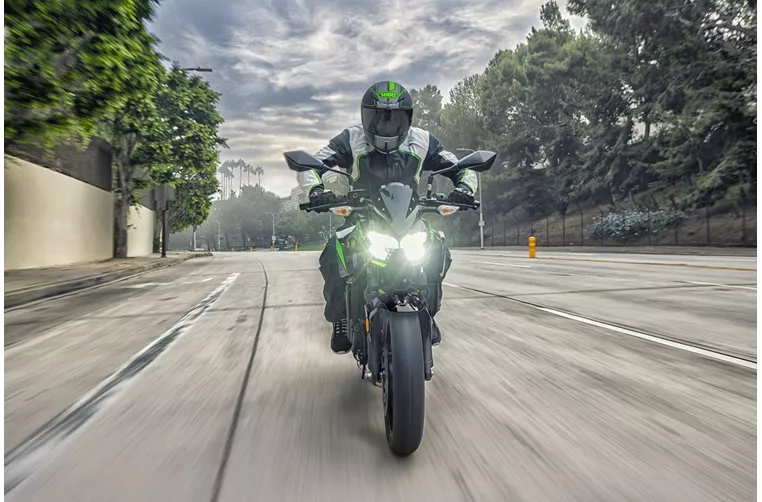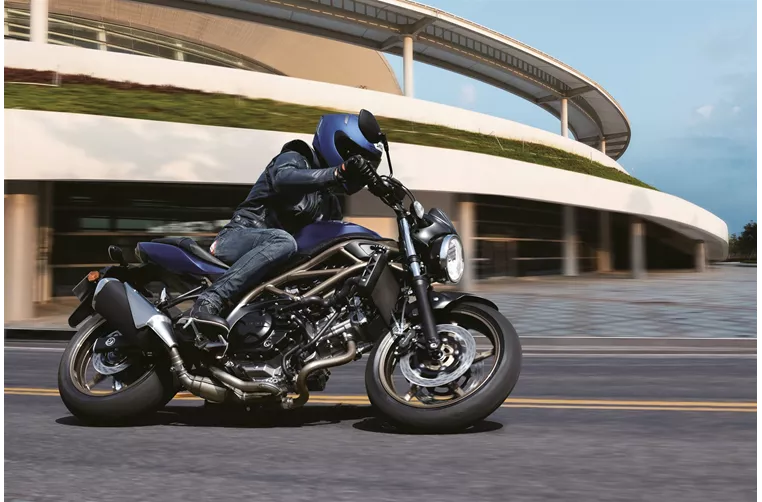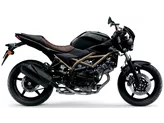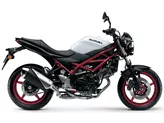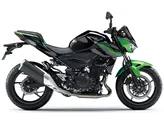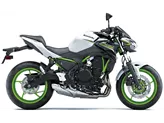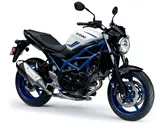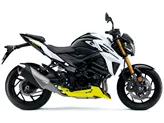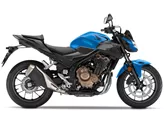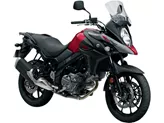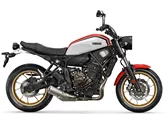Kawasaki Z 400 2023 vs. Suzuki SV 650 2023
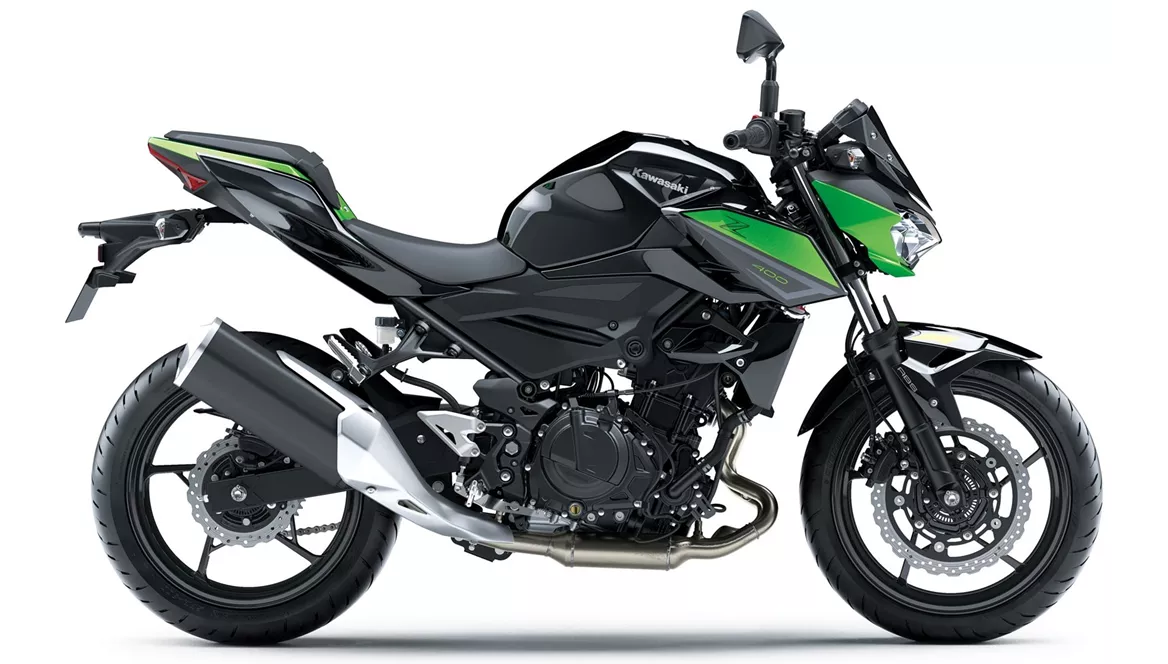
Kawasaki Z 400 2023
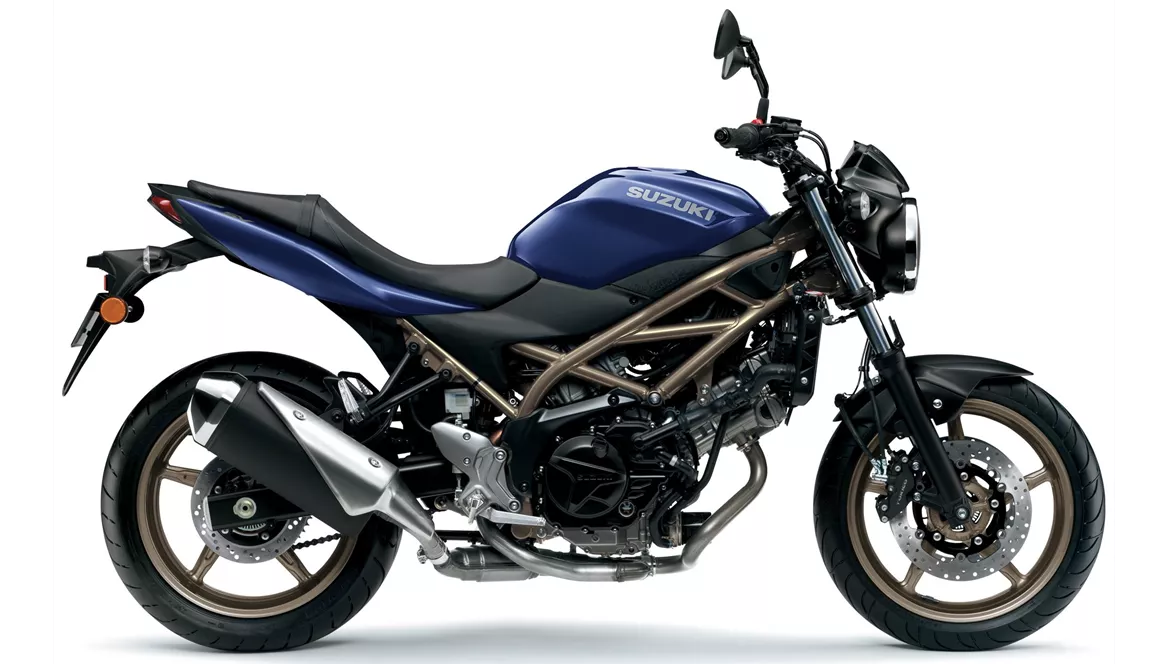
Suzuki SV 650 2023
Overview - Kawasaki Z 400 2023 vs Suzuki SV 650 2023
The Kawasaki Z 400 2023 and the Suzuki SV 650 2023 are both naked bikes that offer impressive performance and features. However, there are some notable differences between the two models.
In terms of engine power, the Suzuki SV 650 takes the lead with its V2 powerplant producing 73 HP, while the Kawasaki Z 400 offers 45 HP. This gives the Suzuki SV 650 a significant advantage in terms of acceleration and top speed. Additionally, the Suzuki SV 650 generates more torque with 64 Nm compared to the Kawasaki Z 400's 37 Nm.
Both bikes feature a fuel injection system and liquid cooling, ensuring optimal engine performance and efficiency. The engine displacement of the Suzuki SV 650 is larger at 645 ccm, while the Kawasaki Z 400 has a displacement of 399 ccm. This means that the Suzuki SV 650 has a slight edge in terms of overall power and performance.
In terms of suspension, both bikes feature a telescopic fork front suspension and a swing arm rear suspension with a monoshock. They also offer preload adjustment to customize the ride experience. This ensures a comfortable and stable ride for both models.
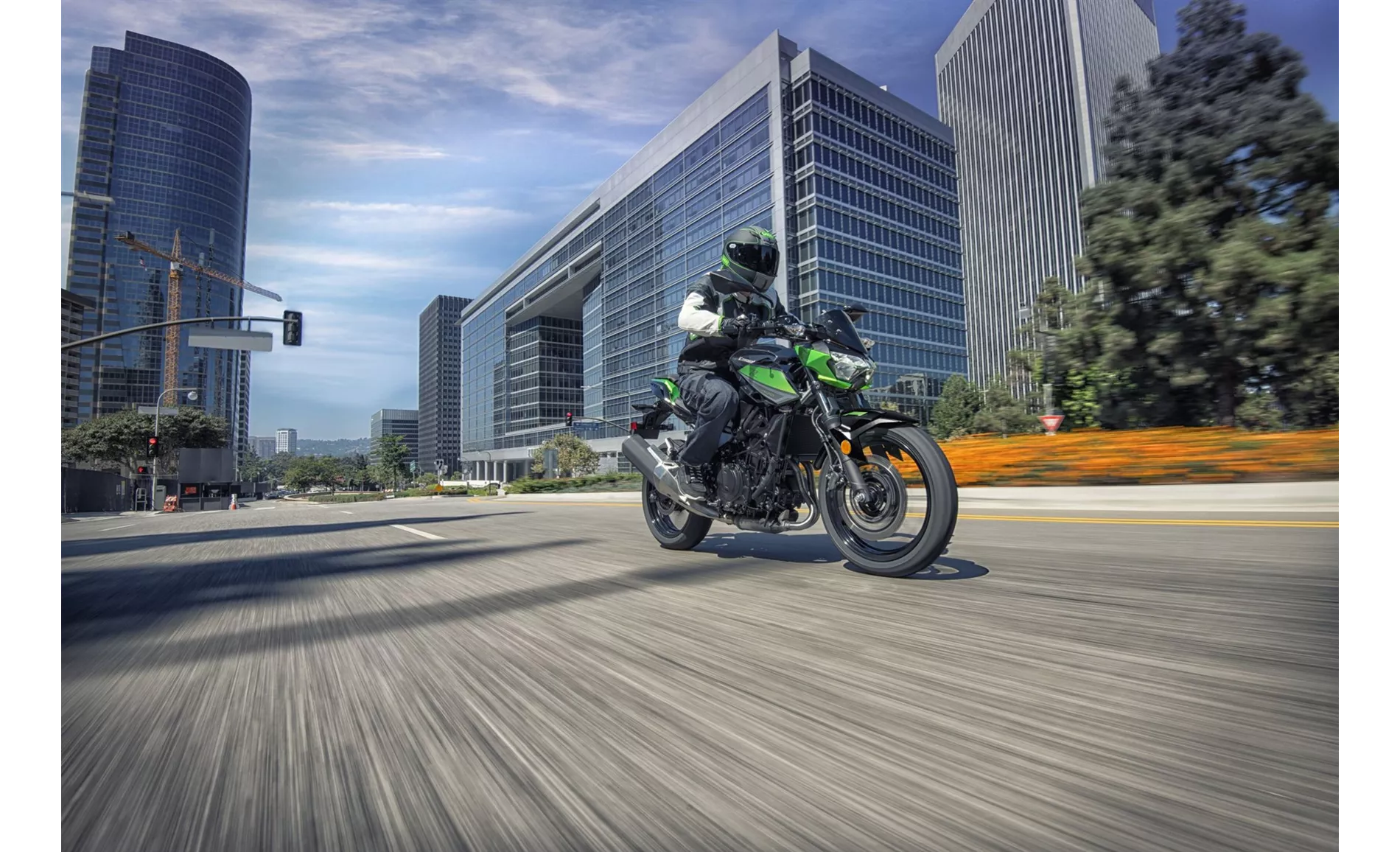
Kawasaki Z 400 2023
Both bikes have a steel tubular frame, providing durability and stability. The braking systems differ slightly, with the Kawasaki Z 400 equipped with a single disk front brake with a diameter of 310 mm and a double piston, while the Suzuki SV 650 has a double disk front brake with a diameter of 290 mm and four pistons. This gives the Suzuki SV 650 a slight advantage in terms of braking power and control.
Both bikes come with ABS, which is an advanced rider assistance system that enhances safety by preventing wheel lock-up during braking. This feature is beneficial for both novice and experienced riders.
In terms of dimensions and weights, the Suzuki SV 650 has a longer wheelbase at 1445 mm compared to the Kawasaki Z 400's 1370 mm. This longer wheelbase contributes to better stability and handling at higher speeds. Both bikes have the same seat height of 785 mm, making them suitable for riders of various heights. The Suzuki SV 650 is slightly heavier with a kerb weight of 200 kg compared to the Kawasaki Z 400's 167 kg. However, this weight difference is not significant and is unlikely to affect the overall performance of the bikes.
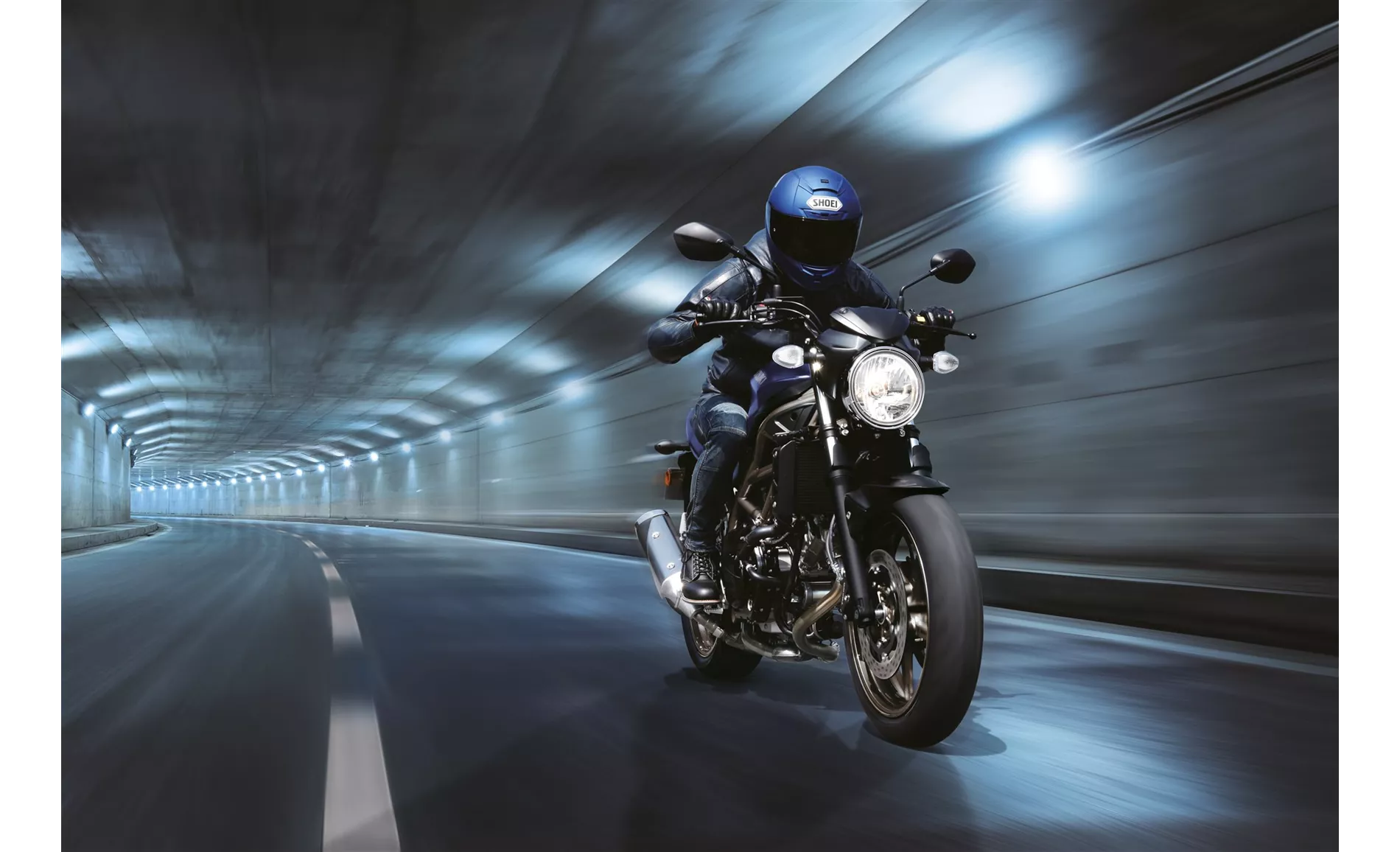
Suzuki SV 650 2023
Both bikes have a fuel tank capacity of around 14 liters, providing a decent range for long rides without frequent refueling.
In terms of strengths, the Kawasaki Z 400 2023 offers a lively engine, good chassis and brakes, easy handling, a grown-up look, and high-quality workmanship. On the other hand, the Suzuki SV 650 2023 boasts the last V2 powerplant in its class, a beginner-friendly seating position, easy handling, and a timeless look.
As for weaknesses, the Kawasaki Z 400 2023 has non-adjustable levers, which may limit customization options for some riders. The Suzuki SV 650 2023 requires manual force for the brakes, lacks additional electronics apart from ABS, and features instruments that are moderately readable.
Overall, both the Kawasaki Z 400 2023 and the Suzuki SV 650 2023 are capable naked bikes that offer a thrilling riding experience. The choice between the two ultimately depends on the rider's preferences and priorities, whether it be power, handling, or aesthetics.
Technical Specifications Kawasaki Z 400 2023 compared to Suzuki SV 650 2023
Pros and Cons in comparison
Pros and Cons in comparison
Kawasaki Z 400 2023
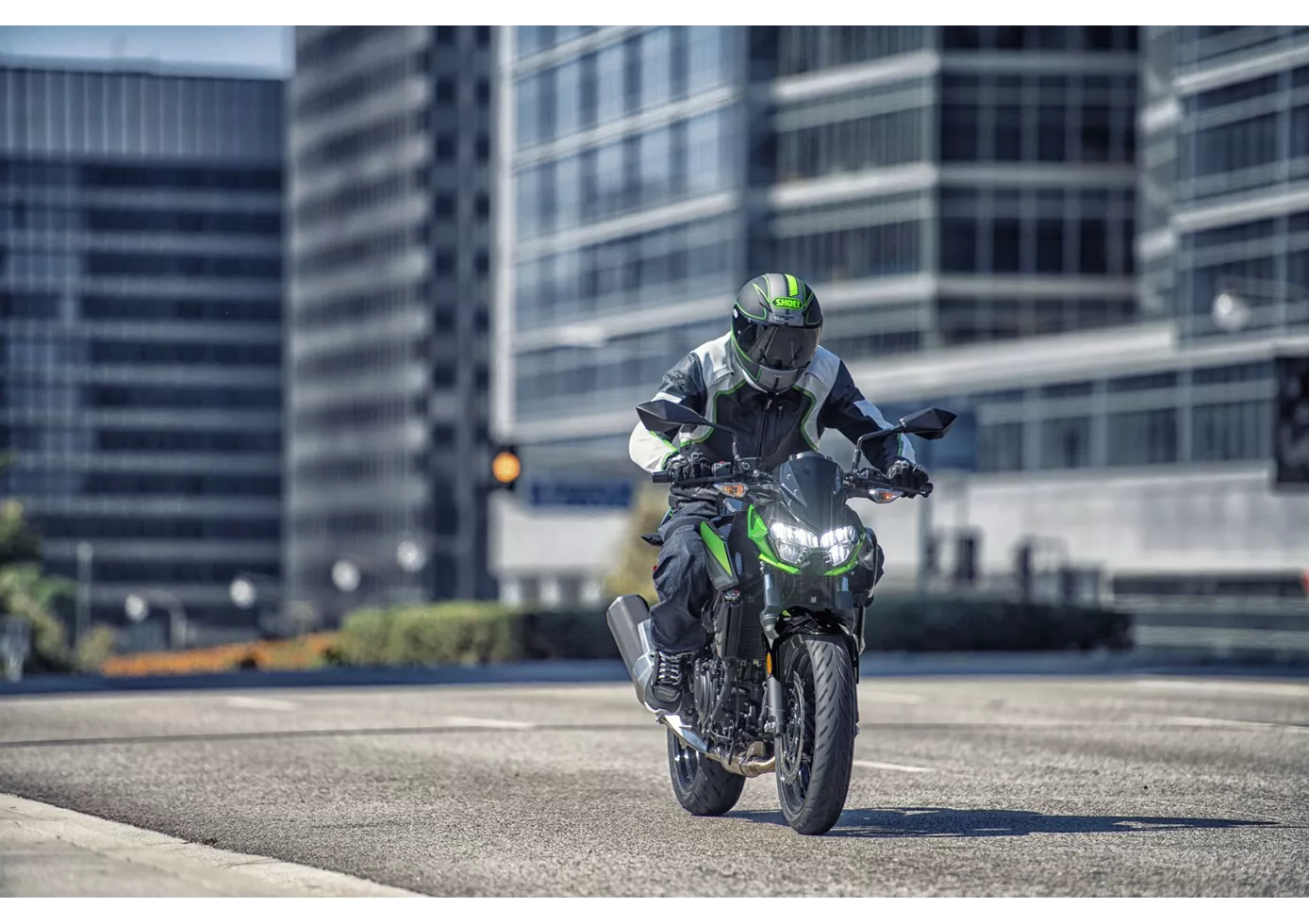
A2 sinifina havali ve mantikli bir giris. Kawasaki Z400, içgüdüsel yol tutusu ve iyi tepki ve yeterli güç ile etkileyen sirali iki silindirli motoru ile her yönden puan kazaniyor. Bu çiplak motosikletle yanlis yapamazsiniz ve kollarin ayarlanabilir olmamasi gerçegi göz ardi edilebilir - sonuçta maliyetlerin bir yerden tasarruf edilmesi gerekir.
Suzuki SV 650 2023
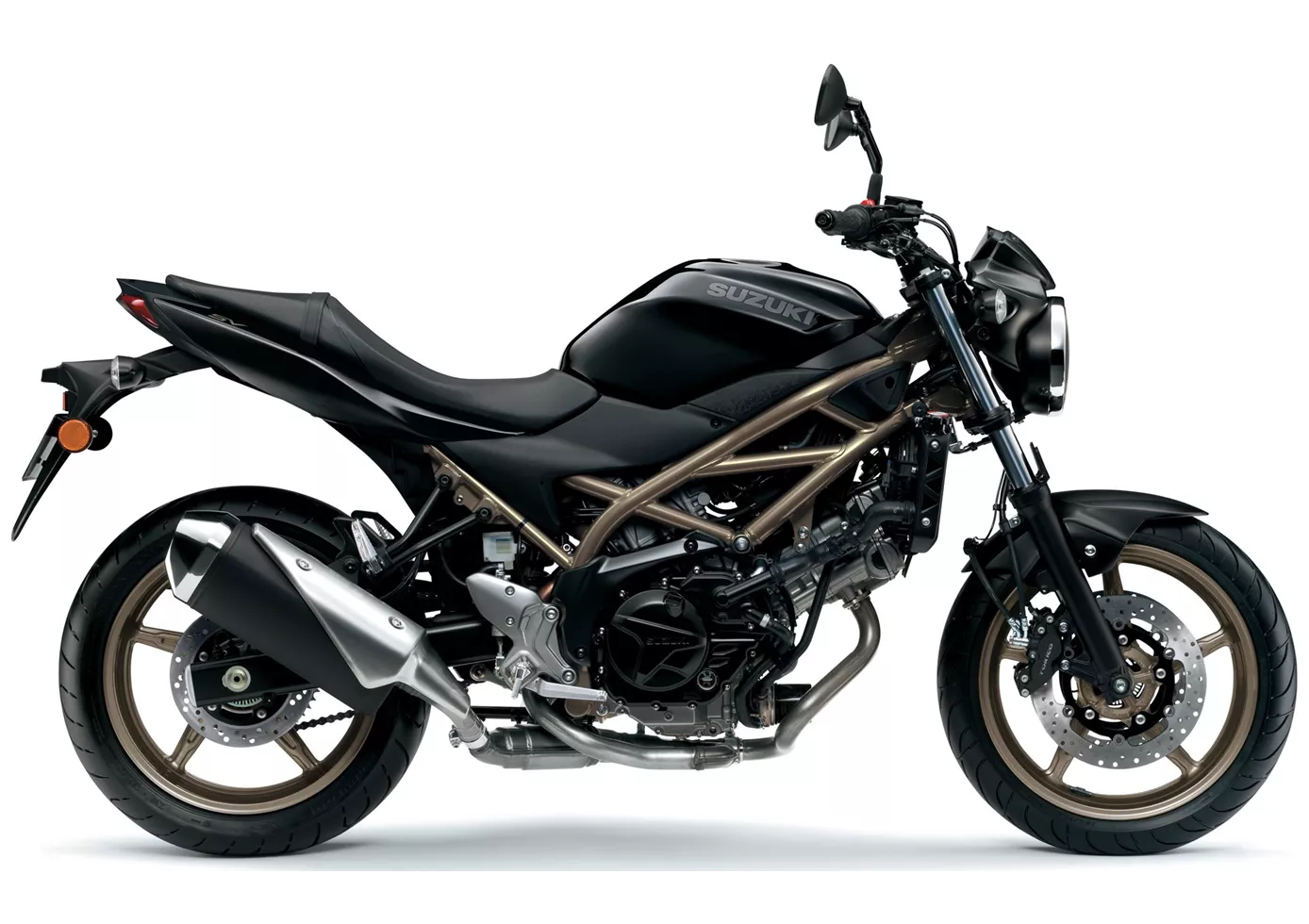
Suzuki SV 650, diger tüm motosikletlerden daha uzun bir süredir, 25 yildir piyasada. Motor Euro5 güncellemesine tabi tutuldu ve simdi daha da olgunlasti, bu da paketin geri kalaniyla açikça eslesiyor. SV 650 kimseyi korkutmak istemiyor, özellikle de yeni baslayanlari. Sasi saglam ve sarsintisiz bir izlenim birakiyor, frenler beklenmedik asiri frenlemeyi önlemek için çok fazla manuel güç gerektiriyor. Görünüm bir yandan zamansiz, ancak diger yandan bazi bilesenler gerçekten biraz eskimis. Suzuki'de her zaman oldugu gibi fiyat makul.
Price Comparison Avarage Market Price Kawasaki Z 400 vs Suzuki SV 650
There are a few key differences between a Kawasaki Z 400 2023 and a Suzuki SV 650 2023. In terms of price, the actual average price of a Suzuki SV 650 2023 is about 6% higher. Compared to Suzuki SV 650 2023 there are less Kawasaki Z 400 2023 bikes available on the 1000PS.de Marketplace, specifically 89 compared to 125. It takes less time to sell a Kawasaki Z 400 with 123 days compared to 133 days for a Suzuki SV 650. Since model year 2019 1000PS.de editors have written 8 reviews for the Kawasaki Z 400 and 25 reviews for the Suzuki SV 650 since model year 2005. The first review for the Kawasaki Z 400 was published on 10/2/2018 and now has more than 23,200 views. This compares to more than 14,200 views for the first review on Suzuki SV 650 published on 9/26/2008.
